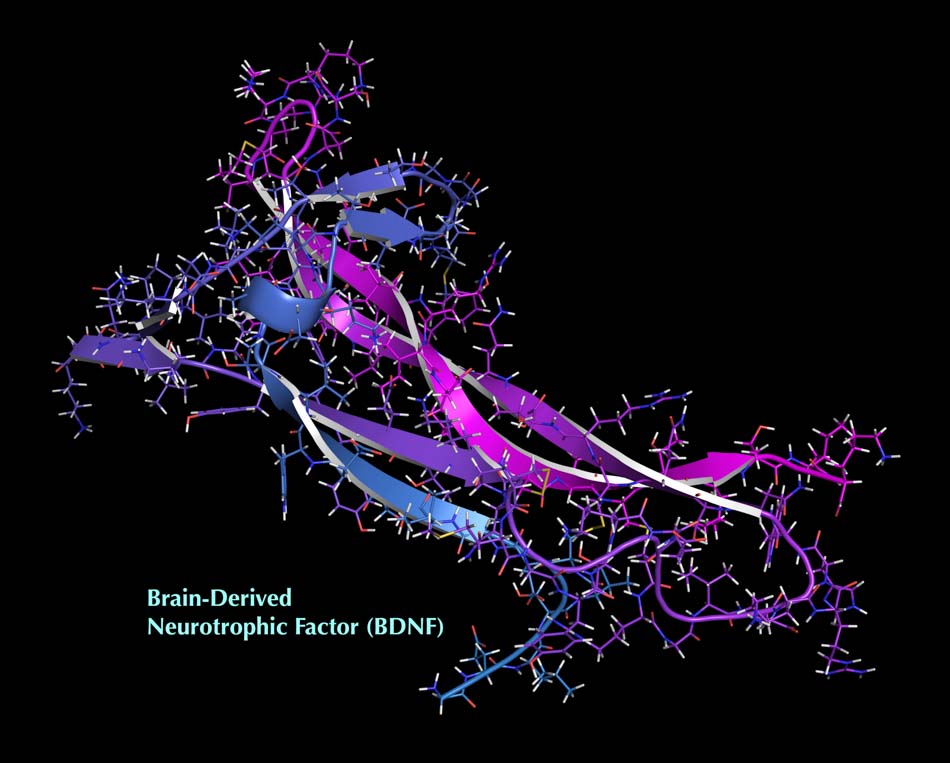
 i_need_contribute
i_need_contribute

Acupuncture stimulation at acupoints GV20 and Yintang significantly alleviated depression-like behavior in a chronic unpredictable mild stress (CUMS) model of depression in rats, according to a 2025 review conducted by researchers at Shanghai University of Traditional Chinese Medicine. The results demonstrated that EA upregulated brain-derived neurotrophic factor (BDNF), TrkB, and tissue-type plasminogen activator (tPA) expression in both the hippocampus and the dorsal raphe nuclei, enhancing neuroplasticity and behavioral recovery in stress-induced depressive states [1].
In the selected study, Sprague-Dawley rats subjected to a validated CUMS protocol received electroacupuncture treatment once daily for 14 consecutive days. The intervention was administered at GV20 and Yintang (GV29, EX-HN3) using 0.25 mm × 25 mm sterile disposable filiform needles inserted perpendicularly to a depth of approximately 5 mm. Electroacupuncture stimulation was applied with a 2 Hz continuous waveform at an intensity of 0.6 mA for 30 minutes per session. Electrical stimulation was delivered using a bipolar square wave electroacupuncture device, with electrode clips affixed to both needle handles during the retention period.
Behavioral assessments were performed using the sucrose preference test (SPT) and the open field test (OFT). Following treatment, rats demonstrated a statistically significant increase in sucrose consumption compared to baseline, indicating reversal of anhedonic behavior. Locomotor activity measured in the OFT also improved, suggesting an attenuation of psychomotor blockages, a common manifestation of depressive states in rodent models.
Molecular and histological analyses revealed that electroacupuncture (EA) treatment induced significant upregulation of BDNF protein expression in the hippocampus, with parallel increases in TrkB, the high-affinity receptor for BDNF. Furthermore, EA increased mRNA and protein expression of tPA, a key enzyme involved in cleaving pro-BDNF into mature BDNF, thereby enhancing its bioactivity. Importantly, BDNF and tPA mRNA levels were also elevated in the dorsal raphe nuclei, a region critically involved in serotonergic neurotransmission. These changes indicate that electroacupuncture modulates both hippocampal and brainstem neurotrophic signaling pathways implicated in depression pathophysiology [1].
The selected acupoint combination—GV20 and Yingtang (GV29, EX-HN3)—is widely used in clinical practice for neuropsychiatric regulation. Both points lie on the Governing Vessel and are commonly chosen for disorders involving the central nervous system. In this study, the low-frequency EA protocol (2 Hz, 0.6 mA) produced significant antidepressant effects over a short course of two weeks, suggesting clinical feasibility and rapid onset of action.
Compared to other studies included in the review, this protocol was notable for its simplicity, reproducibility, and clarity of biochemical endpoints. While other models explored combinations with BL18 (Ganshu), PC6 (Neiguan), or ST36 (Zusanli), the use of GV20 and Yintang alone was sufficient to produce significant behavioral and molecular changes. Notably, no pharmacologic agents were used, isolating electroacupuncture as the sole therapeutic input.
The findings support the hypothesis that EA exerts antidepressant effects by enhancing endogenous neuroplasticity through BDNF-TrkB signaling. This mechanism mirrors the biological targets of conventional antidepressant medications, particularly selective serotonin reuptake inhibitors (SSRIs), but without pharmacological side effects. The study also strengthens the clinical rationale for incorporating electroacupuncture into depression management protocols, particularly for patients who are non-responsive to drug therapy or who prefer non-pharmacological interventions.
The research was conducted at the Department of Acupuncture and Neurology, Shanghai Municipal Hospital of Traditional Chinese Medicine, a teaching hospital affiliated with Shanghai University of Traditional Chinese Medicine. The institution has been instrumental in producing high-quality experimental research on the neurobiological mechanisms of acupuncture in mood disorders [1].
This protocol—EA at GV20 and Yintang, 2 Hz, 0.6 mA, 30 minutes daily for 14 days—may be adapted for clinical use with appropriate modifications. The inclusion of validated behavioral outcomes and clear biochemical changes in BDNF expression across brain regions adds to the replicability and clinical value of the findings. While further human studies are warranted, these results provide a mechanistic basis for the antidepressant effects of electroacupuncture and support its integration into evidence-informed practice.
Source:
[1] Jianfu Ma et al., “Mechanisms of Acupuncture in Treating Depression: A Review,” Chinese Medicine 20, no. 29 (2025).



